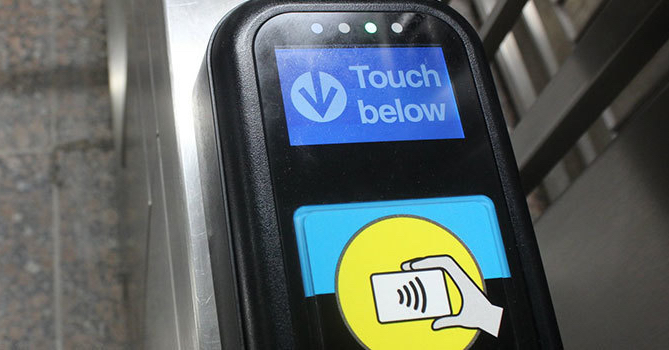
Article Highlights
WMATA had announced the plans to participate in Apple Pay last December and had said it would happen during 2020. The transit agency at the time said that it has plans to launch a SmarTrip application for Google Pay this year, as well. A spokeswoman for WMATA confirmed to NFC Times that “customers who use other devices likely won’t have to wait long before they are experiencing the same level of convenience and safety.”
WMATA had announced the plans to participate in Apple Pay last December and had said it would happen during 2020.
WMATA had announced the plans to participate in Apple Pay last December
Apple has enabled the Chicago Transit Authority to offer a virtual Ventra card for use by customers to pay for fares with Apple Pay.


















